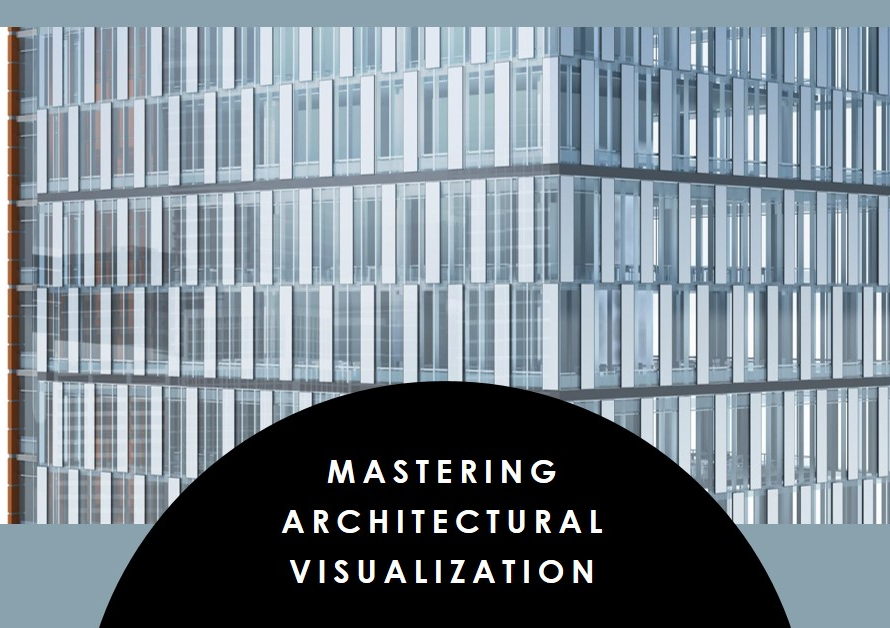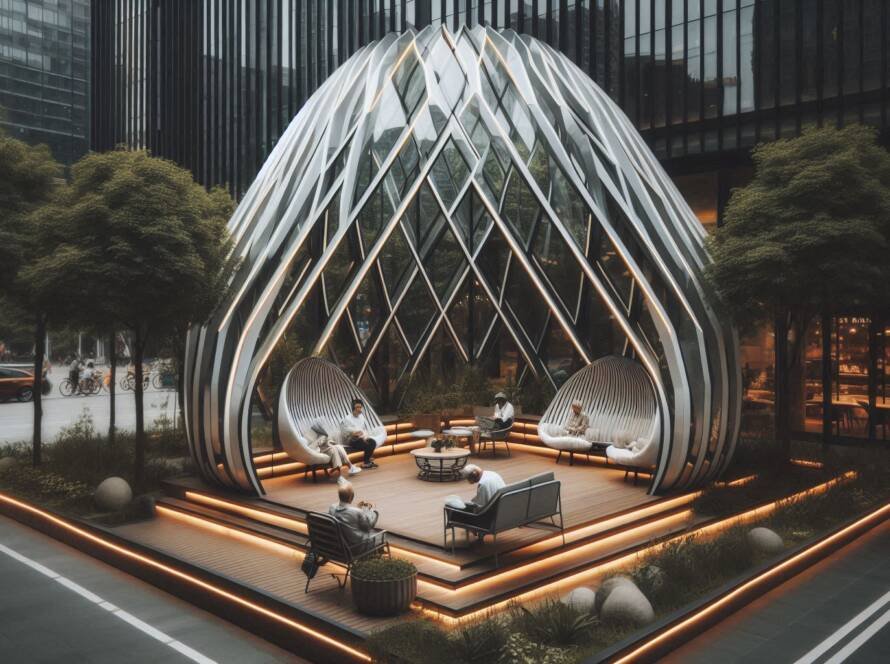
Table of Contents
- Introduction: The Captivating World of Interior Design
- The History and Evolution of Interior Design
- The Psychology of Space: How Interior Design Affects Mood
- The Intersection of Functionality and Aesthetics
- The Impact of Technology on Interior Design
- Sustainable and Eco-Friendly Design
- The Role of Color and Light in Interior Design
- The Influence of Interior Design Trends
- The Collaborative Nature of Interior Design
- Conclusion: The Endless Fascination of Interior Design
Introduction: The Captivating World of Interior Design
Interior design is more than just arranging furniture or choosing the right paint color. It’s an intricate blend of art and science that transforms spaces into havens of comfort, functionality, and beauty. The allure of interior design lies in its ability to shape our living environments, influence our moods, and reflect our personalities. This fascinating field captivates both professionals and enthusiasts alike, offering endless opportunities for creativity and innovation.
The History and Evolution of Interior Design
From Ancient Civilizations to Modern Times
Interior design has a rich history that dates back to ancient civilizations. The Egyptians, Greeks, and Romans all left their mark on interior aesthetics with their distinctive styles and innovative techniques. Each era brought new materials, architectural styles, and design philosophies, reflecting the cultural and societal shifts of the time.
As we moved into the Renaissance and Baroque periods, interior design became more elaborate and ornate, with an emphasis on grandeur and opulence. The Industrial Revolution introduced mass production and new materials, democratizing design and making stylish interiors accessible to a broader audience. Today, interior design continues to evolve, influenced by technological advancements, sustainability concerns, and changing lifestyles.
The Role of Cultural Influences
Cultural influences play a significant role in shaping interior design trends. For instance, the minimalist aesthetics of Japanese design emphasize simplicity, natural materials, and harmony, while the vibrant colors and intricate patterns of Moroccan interiors reflect a rich cultural heritage. Globalization has further blended these influences, allowing designers to create eclectic spaces that draw from a diverse array of traditions and styles.
The Psychology of Space: How Interior Design Affects Mood
Creating Emotional Connections
Interior design profoundly impacts our emotions and well-being. The colors, lighting, textures, and spatial arrangements in a room can evoke a range of feelings, from calm and relaxation to excitement and energy. Understanding the psychological effects of these elements allows designers to create environments that promote positive emotions and enhance the overall quality of life.
For example, cool colors like blue and green are known for their calming effects, making them ideal for bedrooms and bathrooms. On the other hand, warm colors like red and orange can stimulate energy and creativity, making them suitable for social and workspaces.
The Power of Personalization
Personalization is a key aspect of interior design that adds to its intrigue. Tailoring a space to reflect the personality and preferences of its occupants can create a deep emotional connection and a sense of ownership. This process involves understanding the client’s lifestyle, tastes, and needs, and translating them into a cohesive design that feels both personal and functional.
The Intersection of Functionality and Aesthetics
Balancing Beauty and Practicality
One of the most fascinating aspects of interior design is the challenge of balancing aesthetics with functionality. A beautifully designed space must also be practical and comfortable. This involves thoughtful planning and attention to detail, ensuring that every element serves a purpose without compromising on style.
For instance, a well-designed kitchen not only looks appealing but also facilitates efficient workflow and storage. Similarly, a living room should be inviting and cozy, yet functional for various activities like reading, entertaining, or watching TV. This harmonious blend of form and function is what makes interior design truly captivating.
Innovations in Space Utilization
Innovative space utilization is another critical factor that adds to the allure of interior design. With urban living spaces becoming increasingly compact, designers are continually finding creative solutions to maximize space without sacrificing aesthetics. This includes multi-functional furniture, clever storage solutions, and open-plan layouts that create a sense of spaciousness.
The Impact of Technology on Interior Design
Digital Tools and Virtual Reality
Technology has revolutionized the field of interior design, offering new tools and techniques that enhance creativity and efficiency. Digital design software allows designers to create detailed 3D models, experiment with different layouts, and visualize the final outcome before implementation. This not only streamlines the design process but also improves communication with clients, as they can see realistic representations of their spaces.
Virtual reality (VR) is another groundbreaking technology that is transforming interior design. VR enables designers and clients to virtually walk through a space, experiencing it as if it were already built. This immersive experience provides a deeper understanding of the design and allows for adjustments to be made before construction begins.
Smart Homes and Automation
The rise of smart homes and automation is also influencing interior design. Integrating smart technologies into the home environment can enhance comfort, convenience, and energy efficiency. Designers are now incorporating smart lighting, climate control, and security systems into their plans, creating homes that are not only stylish but also intelligent and responsive to the needs of their occupants.


Sustainable and Eco-Friendly Design
The Importance of Sustainability
Sustainability is a growing concern in interior design, driven by the increasing awareness of environmental issues. Eco-friendly design practices aim to reduce the environmental impact of building and decorating spaces by using sustainable materials, reducing waste, and improving energy efficiency. This approach not only benefits the planet but also creates healthier living environments for people.
Innovative Eco-Friendly Solutions
Designers are finding innovative ways to incorporate sustainability into their projects. This includes using recycled and reclaimed materials, opting for non-toxic and low-VOC finishes, and incorporating energy-efficient appliances and lighting. Additionally, biophilic design, which integrates natural elements like plants and natural light, is gaining popularity for its positive impact on both the environment and human well-being.
The Role of Color and Light in Interior Design
The Science of Color Theory
Color theory is a fundamental aspect of interior design that adds depth and interest to a space. Understanding how colors interact and affect our emotions allows designers to create harmonious and impactful environments. Complementary colors can create vibrant contrasts, while analogous colors offer a more subtle and cohesive look.
Designers also consider the psychological effects of colors when planning a space. For example, blue is often used in bedrooms and offices for its calming and focus-enhancing properties, while yellow can brighten up kitchens and dining areas, promoting a cheerful and inviting atmosphere.
Lighting: The Unsung Hero
Lighting is another crucial element that significantly influences the ambiance and functionality of a space. Good lighting design involves layering different types of lighting—ambient, task, and accent—to create a balanced and flexible environment. Natural light is also a key consideration, as it enhances the overall mood and reduces the need for artificial lighting.
Innovative lighting solutions, such as LED technology and smart lighting systems, offer designers new ways to manipulate light and create dynamic spaces. The ability to adjust lighting levels and colors at the touch of a button adds a new dimension to interior design, making spaces more adaptable and personalized.
The Influence of Interior Design Trends
Staying Current and Timeless
Interior design trends are ever-evolving, influenced by cultural shifts, technological advancements, and changing lifestyles. Keeping up with these trends is essential for designers, but it’s equally important to create spaces that stand the test of time. This involves striking a balance between incorporating trendy elements and maintaining a timeless aesthetic that won’t quickly become outdated.
Current trends, such as the rise of minimalism, the resurgence of vintage styles, and the increasing demand for sustainable design, reflect broader societal changes and preferences. By understanding and adapting to these trends, designers can create spaces that feel contemporary and relevant.
Personal Style vs. Trends
While trends provide inspiration and direction, personal style should always take precedence in interior design. A well-designed space reflects the unique personality and preferences of its occupants, rather than simply adhering to the latest fads. This personalized approach ensures that the space remains meaningful and enjoyable for years to come.
The Collaborative Nature of Interior Design
Working with Clients and Other Professionals
Interior design is inherently collaborative, involving close interactions with clients, architects, contractors, and other professionals. Effective communication and teamwork are essential for translating a client’s vision into reality and ensuring that all aspects of the project come together seamlessly.
This collaborative process adds a dynamic and interactive element to interior design, as designers must navigate different perspectives and requirements. Building strong relationships and fostering open communication can lead to more innovative and successful design solutions.
The Joy of Creative Problem-Solving
At its core, interior design is about creative problem-solving. Every project presents unique challenges, from space constraints and budget limitations to specific client needs and preferences. Finding innovative solutions to these challenges is one of the most rewarding aspects of interior design.
This problem-solving process often involves thinking outside the box and experimenting with different ideas and approaches. The ability to adapt and innovate in response to various constraints is what makes interior design both challenging and exciting.
Conclusion: The Endless Fascination of Interior Design
Interior design is a multifaceted discipline that combines creativity, technical skills, and a deep understanding of human behavior. Its ability to transform spaces, evoke emotions, and enhance our daily lives is what makes it so captivating. Whether through the use of color and light, the integration of technology, or the pursuit of sustainability, interior design continually evolves and inspires.
The endless possibilities for innovation and personalization ensure that interior design remains a fascinating and dynamic field. As designers continue to push the boundaries of what’s possible, they not only shape our physical environments but also enrich our experiences and well-being. In this way, interior design will always hold a special place in our lives and our imaginations.


